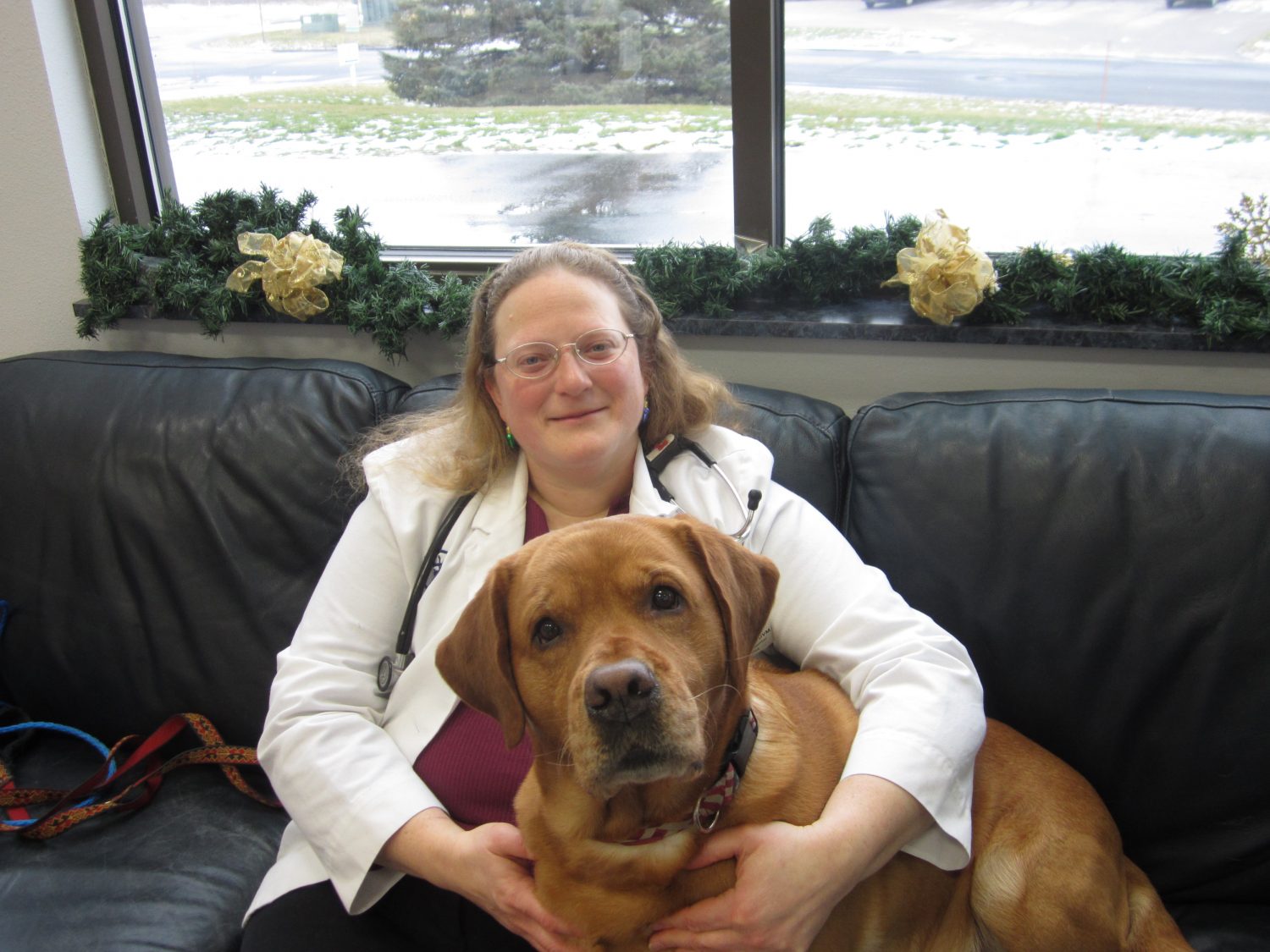Breed breakdown: An in-depth look at the Shih Tzu

The vet’s office
By Dr. Beth Engelbert, DVM
Wildwood Animal Hospital and Clinic LLC
The adorable Shih Tzu is the 20th most popular breed according to the American Kennel Club. This toy breed is known as “outing, affectionate, playful, and charming.” Shih Tzus have been prized as companions and act like it with their “proud” head and tail carriage.
The origin of the Shih Tzu is shrouded in mystery. There is debate whether they originate in Tibet or China. DNA shows a close relationship with wolves. There are also reports of small dogs imported to Tibet as gifts from Malta, Turkey, Greece, and Persia in the 600s.
Both the Dalai Lamas and the Chinese associated lions with Buddhism, and both groups bred their toy dogs to look like lions. The name “Shih Tzu” means “lion.” Some people think Shih Tzu ancestors were actually brought to the Chinese Imperial Court in the 1600s and then bred with pugs, Pekingese, and other western imports.
Despite being an ancient breed, the Shih Tzu almost disappeared. There was one main breeder at the turn of the 20th century, and these highly regarded dogs were not traded or sold outside of China often. Only 14 dogs remained at one point to sustain the breed.
Shih Tzus, though small, are fairly sturdy and robust. They should have straight muscular legs and be balanced. The breed standard states they should only be “slightly longer than tall.” Shih Tzus should carry their heads and tail high. Along with a short nose and flowing coat, the Shih Tzu is one of the few breeds where an underbite is desirable.
Shih Tzus have two styles for their long, flowing coat. In “show coat,” the fur touches the ground and a topknot placed on the head. Much care is needed to keep the hair from matting. Pets often get a short “puppy” haircut. Shih Tzus can come in a variety of colors and patterns, but many have a white blaze on their face.
Shih Tzus are relatively long lived. However, like all dogs, health problems can develop, especially from improper structure. For instance, a long body with short legs can lead to intervertebral disc disease. Some Shih Tzus have hyperextension of some of the joints, leading to lameness and discomfort. The shorter nose can lead to breathing difficulty.
The placement of the eyes can make them prone to injury, and, if not properly groomed, the fur can affect the eyes. Besides injury, the eyes can also develop cataracts and occasionally “dry eye,” where lifelong management is needed.
Unrelated to conformation, Shih Tzus can contract ear infections, which are frequently associated with allergies. Some dogs develop hypothyroidism and need supplementation. Epilepsy has also been reported.
As always, finding a reputable breeder is very important to finding your new best friend. With certain breeds, it is also important to plan for training and socialization as well as lifelong grooming.
Wildwood Animal Hospital and Clinic LLC is located at 210 Airpark Road in Marshfield and online at wildwoodanimalhospital.net.
Leave a reply
You must be logged in to post a comment.






